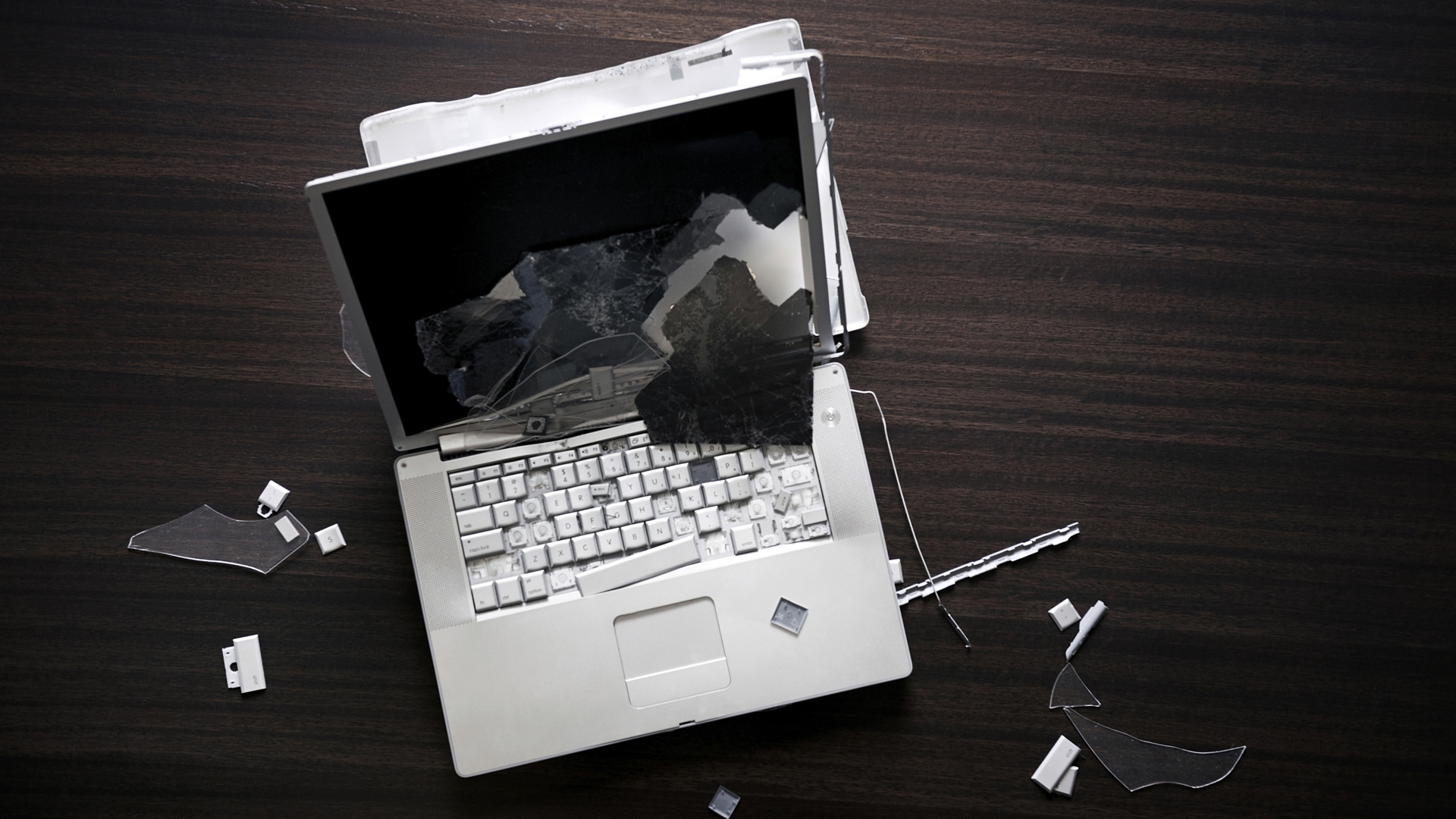Have you ever heard the saying "only boring people get bored?" Being able to entertain yourself is a skill, and an important one at that. I always try to teach my kids fun projects that don't involve their ever-present electronic screens so that I never hear them whine, "Mom, I'm bored." The entire month of July is dedicated to fighting boredom, so build your anti-boredom repertoire with a project you can do alone, with your kids or with a friend. My guide to building a terrarium will give you an afternoon of fun and a beautiful finished project to go with it.
1
To build a successful terrarium, you have to imitate nature and not only provide soil in which plants grow, but rocks, pebbles and moss to help with drainage and holding everything in place. You also want to make sure the plants you're using all have similar light and water requirements and that they're slow growers, otherwise they'll be out of your terrarium before you know it.
2
I went to my local nursery and asked for several plants to put inside a terrarium and a kind (and patient) garden center employee helped me. She even explained that many nurseries are starting to sell terrarium kits, so everything you need to build yours could be in one central location. Look for these areas inside the garden center where indoor plants can be found.

3
This almost looks pretty enough to keep as is. And you can, if you like, as long as the pot sides are low, as pictured here. Don't use a high-sided opaque clay pot or glass dish, otherwise light can't reach your plants.

4
When you're ready to build your terrarium, stones go on the bottom. Again, these help with drainage, since glass vessels don't have drainage holes. Adding rocks helps protect the plant roots.

5
Next, add some sheet moss which helps keep the soil in place. I've read that you can also soak the moss in water for a few minutes, which helps keep in moisture. You just want to be careful that the moss isn't too wet when it goes inside your terrarium.

6
The dirt goes on top of the moss, and be sure you have plenty of it. You'll want to dig holes to plant your vegetation, just like in nature. The roots of your plants must be completely covered. And start with the largest plants.

7
When all the plants are in, consider adding some decoration to the top of the soil. I loved how a layer of pebbles, and a few larger river stones, looked on top.

8
Talk about a visual piece from top to bottom. And notice how the soil isn't completely even? Nothing is perfectly level in nature, so no need to spend time trying to get each layer looking exactly the same.

9
Keep an eye on your terrarium over time; make sure it's getting enough light and water. Also, it might be a good idea to use a mild pesticide now and then to prevent bugs from living and thriving in your indoor garden.
QVC’s Jill Bauer hosts one of the network's popular shows, You're Home with Jill, and provides fans with simple solutions for their busy lives through innovative products, a library of stress-free DIY projects, and crowd-pleasing recipes. Check local listings to see when You're Home with Jill airs. Fans can connect with Jill on Facebook, Twitter, Pinterest and Instagram @jillbauerqvc.









